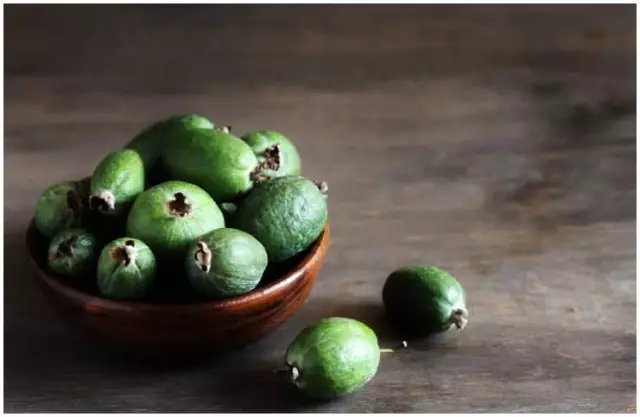- Author Rachel Wainwright [email protected].
- Public 2023-12-15 07:39.
- Last modified 2025-11-02 20:14.
Vobla
The vobla is a small fish of the Karpov family that lives in the Caspian Sea.
The ratio of BJU in the product

Source: depositphotos.com How to burn 95 kcal?
| Walking | 24 minutes |
| Jogging | 11 minutes |
| Swimming | 8 minutes |
| A bike | 14 minutes |
| Aerobics | 19 minutes |
| Household chores | 32 minutes |
Description
Vobla is often confused with river roach, but there are obvious morphological differences between them.
So, the body length of the vobla exceeds the 30 cm mark, which is more than the average length of the roach, in addition, the vobla is characterized by the presence of gray fins with a black border, and the iris of its eyes has a silvery shade with dark spots. However, not only the appearance determines the differences between roach and roach. The latter prefers to settle in fresh water bodies, never leaving them, while the vobla enters the Caspian Sea in autumn and summer, and hibernates and spawns in early spring in the mouths of the Volga. The other distinctive features of the fish are as follows: a body flattened on the sides with small scales on top, an abdomen painted white-golden.
In the Caspian Sea, the only place where fish is found, experts identify three separate herds: Azerbaijani, North Caspian and Turkmen.
Once, in those days when red fish were the basis of fishing, a huge amount of roach that got into the nets was simply thrown away as unnecessary. Only by the end of the 19th century, fish began to be of interest to lovers of aquatic animals
Fish spawn no more than 5-6 times in their entire life, the spawning period in this case falls on April and May. The time when fish spawn is marked for the species by a sharp change in external signs. The vobla becomes covered with a kind of mucus, and in both sexes outgrowths are formed on scales, similar to warts. The color of these outgrowths, initially white, changes to a darker one, and the outgrowths themselves harden. Similar growths appear on the vobla's head. It is believed that this appearance is something like a "wedding dress".
At the end of the spawning period, the vobla significantly loses weight, its head becomes several times thicker than the body, which also acquires a darker color.
Composition, nutritional value and calorie content of roach
In addition to the content of useful proteins, fish is a storehouse of nicotinic acid, vitamins E, B2, C, B1. It contains sufficient quantities of fatty acids, proteins, and a number of macronutrients: chlorine, phosphorus, magnesium, calcium, sodium and potassium. Among the trace elements that make up the fish are nickel, molybdenum, iron, fluorine, chromium.
Such a combination of nutrients in vobla is necessary for the prevention and treatment of pathologies of the cardiovascular system.
The calorie content of the vobla is small, reaching 95 Kcal per 100 g of product.
Vobla in cooking
It is no secret that fish is best combined with different varieties of foamy drinks - this rule is more than a dozen years old, and the popularity of fish as a snack does not fall.

However, in the areas of the Volga and the Caspian Sea, where it is mined, other methods of cooking roach are also very common. More often than not, locals prefer to fry fish.
Returning to the usual way of cooking roach, it is worth noting that the method of salting it has practically not changed over the years. As before, there are two main ways - carbovka and smoked meat. The latter method is suitable for those early fish that are caught from under the ice. Its essence is that the fish should be placed in the brine completely, and when carboving, a large amount of salt is simply used, which is applied to the body of the fish, after having cut the tight sides full of caviar.
The brine, which is used for salting roach, is most often used the one in which red fish has already been salted. A live vobla dipped in such a brine, after cooking, is distinguished by its rich taste and high quality. This phenomenon is explained by the fact that the still living fish swallows the saline solution, due to which it is salted both inside and outside. Drying is carried out on special devices, the so-called vechels, where the wind blows the fish from all sides. Finally, roach is smoked to give it a unique and so beloved taste.
YouTube video related to the article:
Found a mistake in the text? Select it and press Ctrl + Enter.






